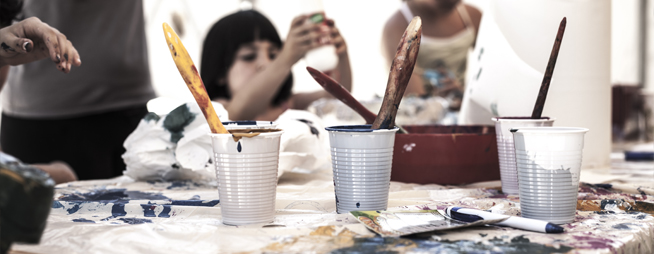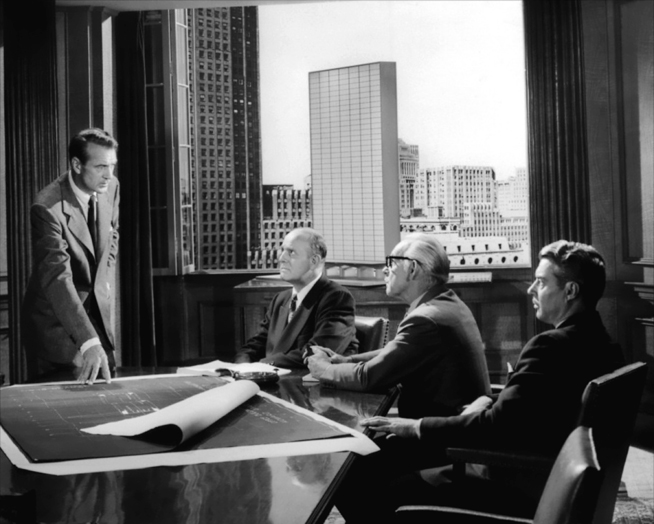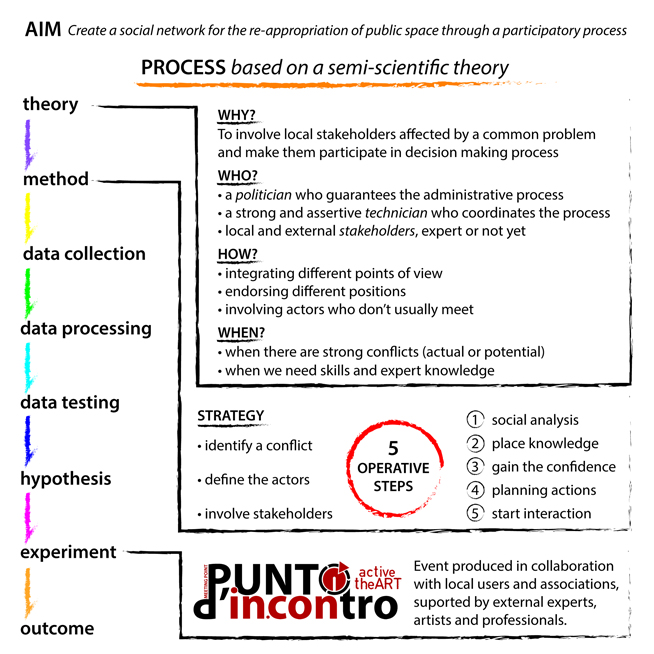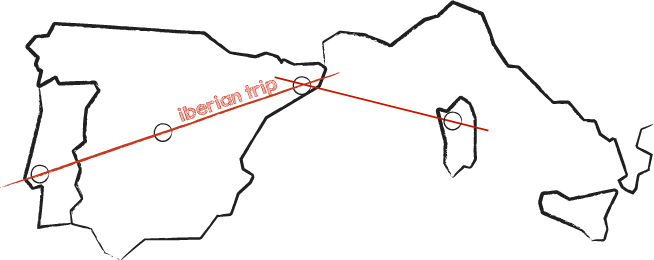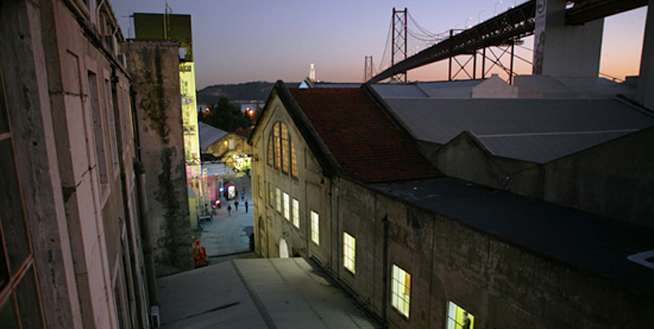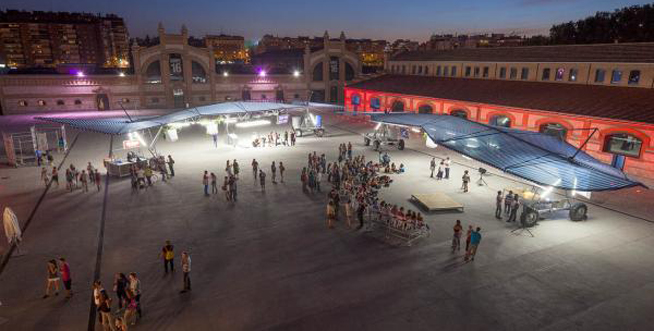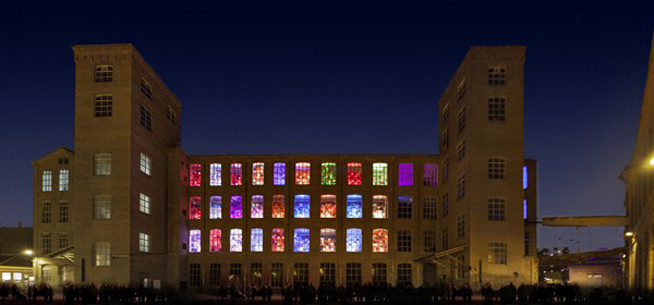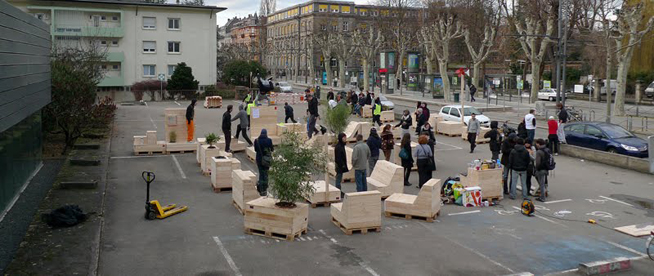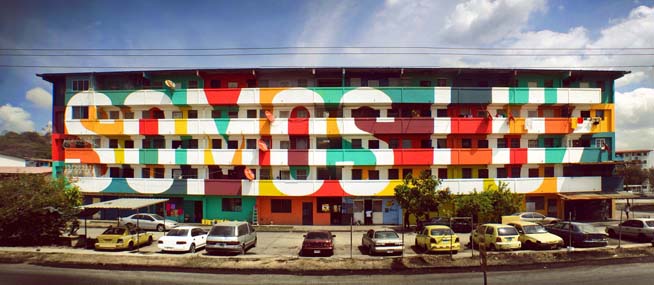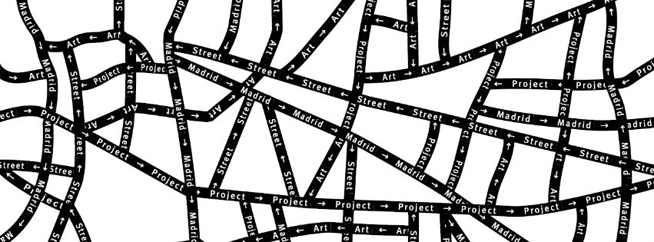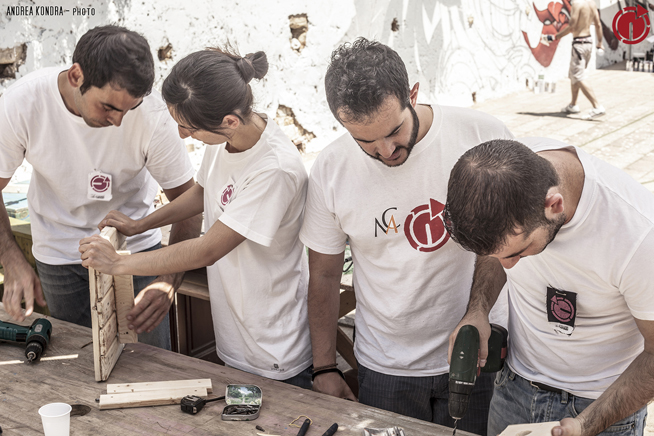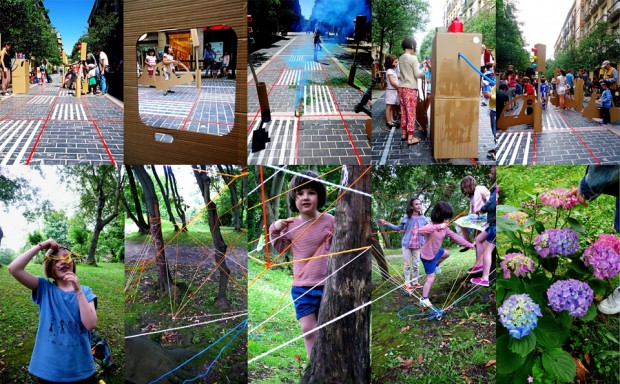Un proyecto llamado Mapdwell, desarrollado por un equipo del MIT, ha dado como resultado el software Solar System, que permite visualizar el potencial solar de las cubiertas de los edificios con la mayor resolución lograda hasta la fecha en un sistema de este tipo.
El proyecto Mapdwell
Fruto del desarrollo por un equipo de académicos e investigadores del Building Technology Sustainable Design Lab del MIT (Massachusetts Institute of Technology) y con una licencia concedida a Mapdwell LLC, el Proyecto Mapdwell busca dotar a las comunidades con información que promueva prácticas sostenibles, conciencia comunitaria, eficiencia energética y desarrollo inteligente a través del esfuerzo colectivo. Al transformar información abierta, precisa e imparcial en educación y acción, propone una solución orgánica al problema de los combustibles fósiles.
Las decisiones individuales sobre dónde y cómo vivir tienen el potencial de impulsar la sostenibilidad. Sin embargo, los ciudadanos carecen en general de las herramientas para decidir informadamente. Por ello, el equipo de Mapdwell trabaja en la intersección de los datos, el diseño y la tecnología para crear instrumentos innovadores e intuitivos de análisis, evaluación y visualización –a nivel de unidad y de contexto– para sistemas y regiones urbanas y no urbanas.
¿Cómo funciona Solar System?
La herramienta Solar System utiliza datos LiDAR (Light Detection and Ranging) de alta resolución (una retícula de 1×1 m) para crear un modelo tridimensional del terreno que tiene en cuenta la forma de las cubiertas y otras estructuras, la infraestructura existente y la densidad de las copas de los árboles.
Este modelo se usa a continuación para evaluar la cantidad de radiación solar que recibe cada unidad de superficie para cada hora del año y evaluar con ello el potencial individual para la generación eléctrica solar usando paneles fotovoltaicos.
La aplicación online toma esos datos de potencial fotovoltaico y los superpone sobre la imagen satélite de Google, acompañados de una interfaz que permite al usuario consultar y entender los datos visualizados.
Seleccionando un edificio del mapa nos muestra en un panel lateral una serie de datos sobre su cubierta, incluyendo el tamaño del sistema en kilowatios, el coste previsto para el propietario (incluyendo deducciones e incentivos locales), la compensación de carbono y los ingresos anuales previstos, según la extensión de la instalación que puede regularse con un control deslizante. Todos estos datos se presentan de forma sintética y clara con el fin de ayudar al usuario a tomar decisiones respecto a la instalación de paneles fotovoltaicos.

El panel nos permite alternar entre cuatro grupos de datos: Dinero, inversión, técnico y medioambiente – Clic para ampliar
Lo llamativo de esta aplicación es que los algoritmos empleados logran unos de los resultados más detallados y precisos hasta la fecha. Otros mapas solares similares asumen, simplificadamente, que todas las cubiertas son planas o que el ratio entre radiación directa y difusa es constante a lo largo de todo el año. Solar System pondera esos parámetros de una forma más precisa, logrando que sus predicciones varíen solamente entre un 4% y un 10% sobre los datos de medición reales.
Actualmente la predicción de rendimientos es bastante conservadora, ya que considera los paneles apoyados en el mismo plano de la cubierta, cuando la mayoría de las instalaciones permitirían situarlos en un ángulo mucho más adecuado según la latitud.
Implantación
Aunque la aplicación actualmente sólo tiene datos disponibles para Cambridge y Washington DC, su interfaz está traducida al español y sus creadores invitan a ciudadanos y potenciales patrocinadores a proponer nuevas ubicaciones: “Únete al esfuerzo de traer Mapdwell Solar System a tu comunidad. Saber dónde estás nos ayuda a saber a dónde tenemos que ir”.
Links relacionados:
Mapdwell Solar System: es.mapdwell.com
Sustainable Design Lab @ MIT: web.mit.edu/sustainabledesignlab
Visto en Gizmag




